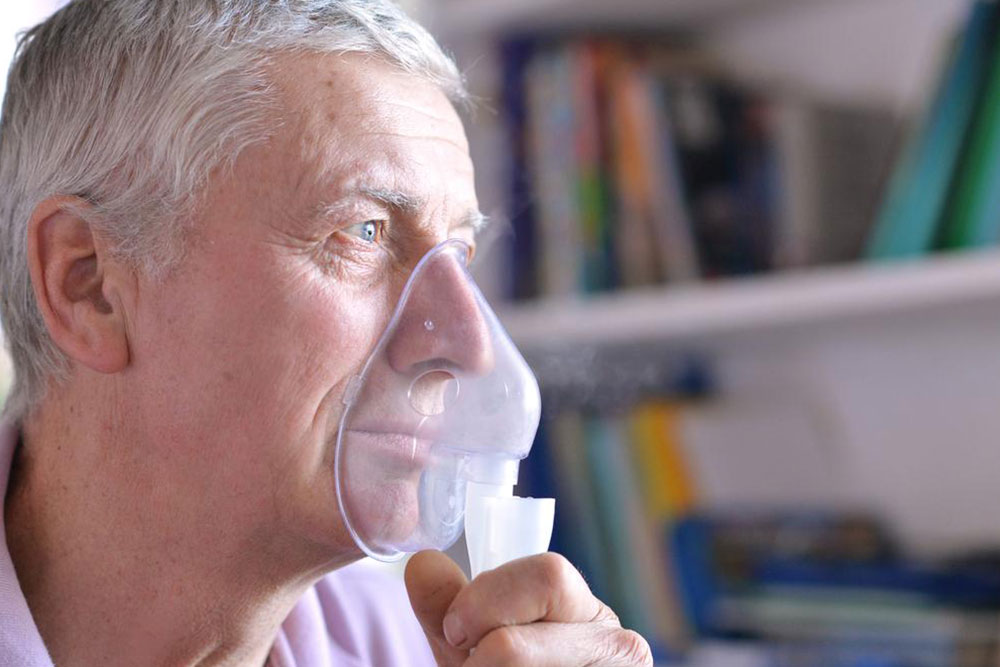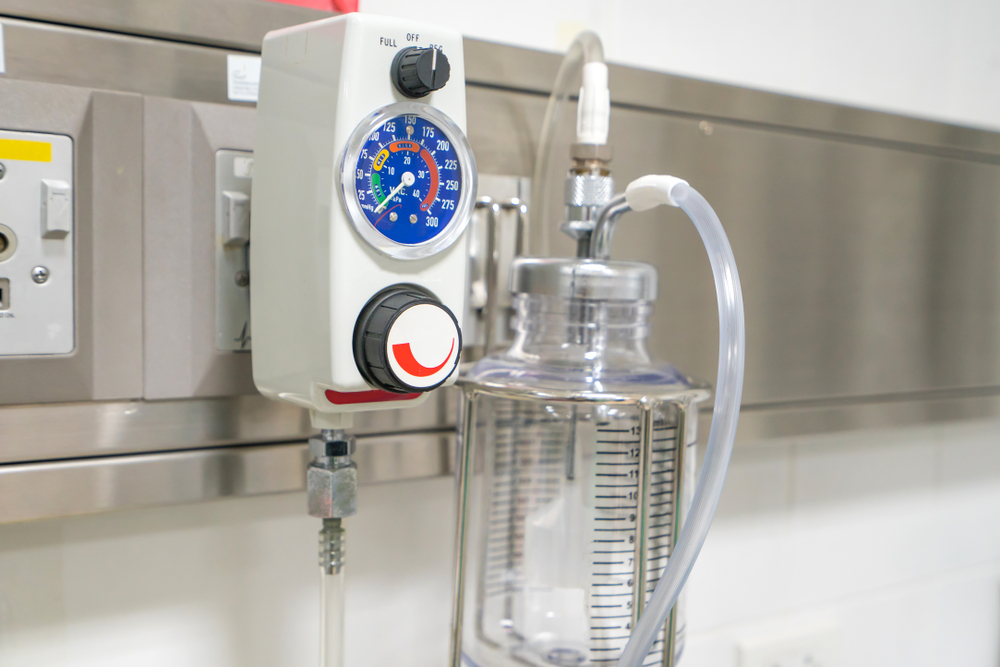Complete Guide to Oxygen Concentrators: Enhancing Breathing Comfort and Safety
Explore the comprehensive guide to oxygen concentrators, highlighting their working principle, key components, types, top models, and safety tips. Discover how these devices improve breathing, enhance safety, and provide convenience for both home and portable oxygen therapy. Essential for patients with respiratory conditions seeking reliable, efficient oxygen delivery solutions.

Essential Insights into Oxygen Concentrators
Oxygen concentrators are sophisticated medical devices specifically engineered to provide supplemental oxygen to individuals experiencing breathing difficulties due to various health conditions. When a patient’s blood oxygen saturation drops below normal levels, healthcare professionals often prescribe oxygen therapy to improve oxygen intake and overall respiratory function. These devices have become integral to managing chronic respiratory diseases such as COPD, pneumonia, and other conditions that impair oxygen exchange in the lungs. They are designed to extract oxygen from ambient air efficiently and deliver it safely through nasal cannulas or masks, ensuring continuous and reliable oxygen supply either for short-term recovery or long-term management.
In recent years, oxygen concentrators have gained popularity over traditional oxygen tanks, primarily due to their enhanced safety, convenience, and user-friendly features. Traditional oxygen tanks require regular refilling and are prone to leaks or ruptures, which pose risks such as fires and other hazards. In contrast, oxygen concentrators operate by filtering surrounding air to produce a steady stream of medical-grade oxygen. These devices are available in various models suited for home use or portable applications, promoting greater independence for patients who need oxygen therapy on the go. Portable units are particularly beneficial for active individuals who wish to maintain their lifestyle without interruptions caused by oxygen delivery constraints.
The fundamental working principle of oxygen concentrators is akin to that of a window air conditioning system. These devices draw in ambient air, compress it, and pass it through specialized sieve beds filled with Zeolite—a material that selectively adsorbs nitrogen. The process effectively separates nitrogen from oxygen, resulting in high-purity oxygen that is then delivered via masks or nasal cannulas. The cycle of compression and adsorption happens continuously, ensuring a constant supply of oxygen tailored to the patient's needs. The technology behind these devices emphasizes safety, efficiency, and ease of use, making them suitable for home, travel, and emergency situations.
Key components of oxygen concentrators include a compressor, sieve beds, cooling systems, and delivery interfaces like nasal cannulas or masks. The sieve beds use Zeolite crystals to trap nitrogen; the beds cycle between adsorption and regeneration, allowing for seamless oxygen flow. There are different types of units—stationary models intended for use at home, and portable models designed to be carried easily. Portable oxygen concentrators often feature pulse dose and continuous flow options, catering to patients with varying oxygen requirements. Determining the most suitable device depends on factors such as the individual's oxygen saturation levels, mobility needs, and lifestyle preferences.
Leading oxygen concentrator brands in recent years include models like Invacare Perfecto2 V, DeVilbiss compact units, Respironics EverFlo Q, and lightweight portable options such as Inogen One G4 and G3. These devices are celebrated for their reliability, quiet operation, and portability, significantly enhancing the quality of life for users. Their advanced features ensure efficient oxygen delivery while minimizing noise and energy consumption. Healthcare professionals recommend consulting with a qualified provider when choosing an oxygen concentrator to ensure it aligns with the patient’s specific health conditions, oxygen saturation levels, and activity requirements. Proper usage, maintenance, and adherence to safety protocols are essential to maximize the benefits of these devices.
In conclusion, oxygen concentrators serve as invaluable devices for managing respiratory conditions, offering a safer, more convenient alternative to traditional oxygen tanks. As technology advances, newer models continue to improve in terms of portability, durability, and user interface, facilitating easier access to vital oxygen therapy for millions worldwide. For anyone considering oxygen therapy, understanding the different types, features, and safety considerations is crucial for making informed decisions and ensuring optimal respiratory health and quality of life.





